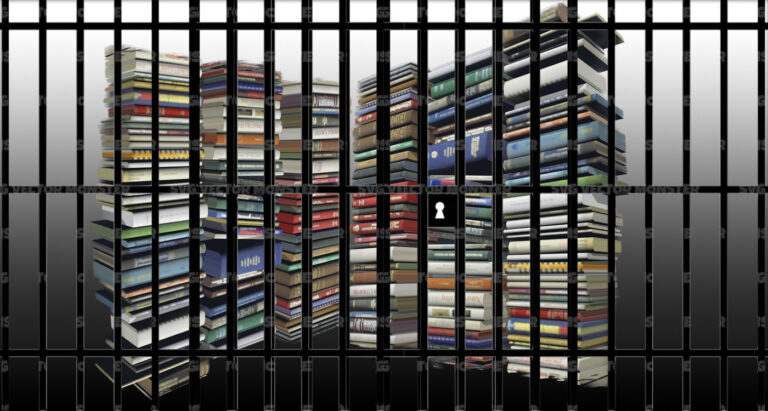
Housing affordability, everybody’s right
By Andrew Woodhouse
I’ve gone radical. Perhaps it’s age-related but I’m joining the choir of singing angels: “What do we want? Affordable housing. When do we want it? Now!”
I’m not facing off bulldozers, disrupting the stock market or chaining myself to trees and ruining my new jacket but I am frustrated with the people in power who should and can fix the so-called “affordable housing crisis” but don’t.
Ever since cave man embraced the idea of using protected cave spaces as shelter, we’ve always believed a place to live isn’t just a cosy delight and necessity: it’s a right. And these rights are enshrined in the 1948 Universal Declaration of Human Rights.
I can see what to expect but can’t see how such rights can be realised if our elected governments at all levels with their abacus mentality and money-grabbing tax regimes continually frustrate them.
Yes, “affordable housing” is a neologism: it’s been newly minted to describe the yawning gap between the cost of housing and the amount of money in our wallets available to pay for it.
But affordable for whom? The average male adult full-time worker who earns $1,600 per week before tax? The third-year arts student struggling to find cash to pay rent and working a part-time job?
Income levels in City of Sydney, compared to Greater Sydney, show there is a larger proportion of high income households (those earning $2,500 per week or more) and a lower proportion of low income households (those earning less than $600 per week) within Sydney Council’s boundaries.
However, the average Sydney house price is $750,000 and rising.
The cost of the average rental is $590 per week.
A $750,000 home loan including $29,000stamp duty costs $795 per week paid off over 30 years with a $70,000 deposit. Add in legal and real estate costs, $5,000. After purchase, add in council rates, energy costs, rising strata levies (if applicable), GST on household items, annual Land Tax of $1,400 (if a second property) or Capital Gains Tax of another 30% when you sell.
And it’s these insidious hidden costs which really push up both initial and ongoing affordability, a two-pronged menace, exacerbating the crisis.
This is the nub of the problem: the NSW State government now derives 30% of its total income from rising house prices: it has a vested interest in seeing prices rise, not fall.
It has to pay for rising public service salaries, schools, public transport, hospitals, police, gaols, billion dollar new inter-city trains, and even for a new logo.
Politicians created this problem: it’s up to them to fix it.
Let’s wean them off these massive, money-dripping, mammary glands and increase my income for starters. Show me the money.
Consider my easy-to-use formula.
1. To increase my income, reduce income tax to 25% and reduce GST to 8%;
2. To reduce initial housing costs, slash deposit requirements and loan rates, stamp out stamp duty and cut legal costs;
3. Reduce government costs ruthlessly; cut waste and freeze public service salaries but slightly increase Newstart and provide cash incentives to get people into work and off the public purse;
4. Slash on-going housing costs, eliminate Land Tax and Capital Gains Tax, reduce energy bills and council rates by 15%, and cap strata fees by law.
Let’s put this to trial.
Obviously, claims by big developer lobbyists that building more houses uber-quickly and by-passing council quality control and heritage planning laws will wondrously produce a public panacea is tendentious twaddle and self-servicing bull#*≠!
Building more houses just increases developer profits, leaving communities with sub-standard homes. This decreases their livability and long-term value. We need quality, not just quantity, because more houses alone can never reduce their costs, and directly-linked rentals, for our third-year students.









